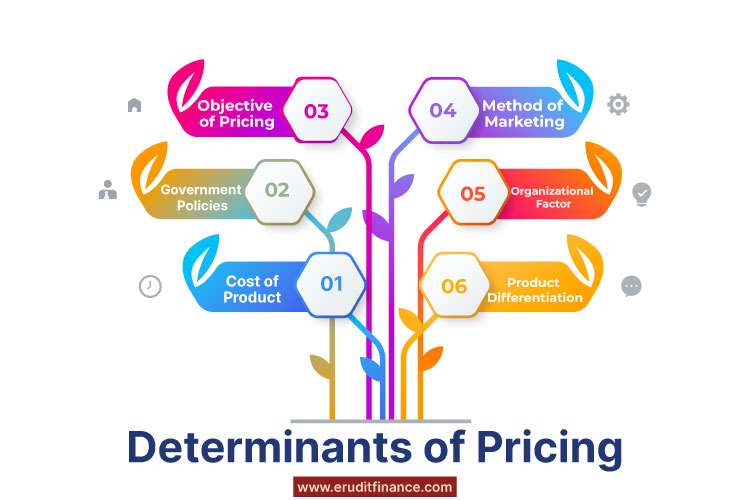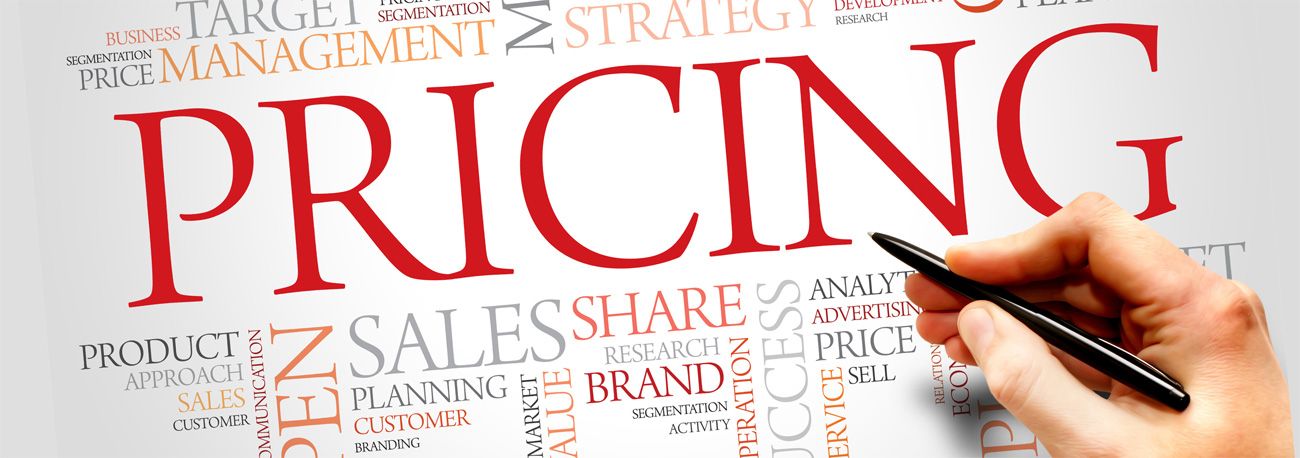Introduction To Pricing Strategy Detail
It is the method that establishes the market fit price of goods and services. To market the goods and services, it is necessary to have some marketable value for the products after considering all the expenses. Wondering to know all about different pricing strategies, read the full article on Pricing Strategy Details below.
Let’s Dive In!
What is a Pricing Strategy

Why is a Pricing Strategy Important
Pricing is one of the most important elements of your product. It is mandatory to have optimal pricing for both the seller and the buyer. The consumer is supreme in the market, they must conceive it as their ideal purchasing price. There are n number of factors that influence deciding product price. It broadly includes internal factors and external factors.
Determinants of Pricing
| Cost of the product | Government policies | Objective of pricing | Organizational factor |
| Product Differentiation | Method of Marketing | Competition in the market | Demand & Utilities |

With the increasing competition price sensitivity comes into effect. With a small change in the price, you will find a large impact on revenue collection because consumers’ purchasing behavior shifts to its nearest competition.
To overcome such hardships there are a few pricing models developed over time by various research scholars, we will go through each in detail in the topic What are the types of pricing strategies
What are the Types of Pricing Strategies?
We will discuss each type of pricing strategy in detail below:
Psychological Pricing
Psychological pricing refers to a strategic marketing practice that seeks to leverage the psychological tendencies of consumers to influence their perception of the product’s value. In other words, psychological pricing aims to create an illusion of a bargain or exclusive deal in the minds of consumers, thereby increasing the likelihood of a purchase.
Cost-Plus Pricing
In this pricing model, the whole emphasis is on the cost of goods sold(COGS), Its simple profit margin is added to the cost of production. It depends on how much percentage of profit the producer wants to hold.
E.g.- The cost of production for mobile is Rs 10,000/- and the producer wants 40% profit. The markup price will be 10,000 + 4,000 = Rs 14,000/-
Bundle Pricing
Under this pricing model, more than one product is grouped together to make a single bundle and is sold collectively at a single lowered price.
E.g- Product A Costing Rs 500/- and Product B costs Rs 400/-
Both are bundled and sold at a collective single price of Rs 880/-
Premium Pricing
It is also known as luxury pricing and prestigious pricing. The price of such a product is not based on the original cost of production instead it is based on the perceived value of the product. And its perceived value depends on the brand awareness of such a product.
E.g- A winter jacket purchased from a street vendor costs Rs 1,000/- and a similar kind of product at a Gucci Store costs Rs 2,50,000/- (quality may vary)
Freemium Pricing
This pricing model is the combination of two words “free” and “premium” collectively known as freemium pricing. As the name suggests free product or service is offered at the initial stage hoping to convert to premium pricing at a later stage. This kind of pricing is mostly seen in SaaS-based companies.
Penetration Pricing
It is a pricing model that is used to make a space in the existing market share of the product. The new entrant in the market keeps their price of products low intentionally from their competitor to grab the market share. But in the long run, It is not a sustainable strategy.
Geographic Pricing
This is a pricing model in which the price of the same product varies depending on the geographical location.
Say a water bottle costs Rs 20/- in a supermarket and the same water bottle costs Rs 50/- at a music festival.

Hourly Pricing
In this model, the pricing is based on Hours worked. This pricing is mainly seen with professional services like consultants, freelancers, and contractors. It is a breakdown of a big project into small chunks.
Dynamic Pricing
It is a pricing model in which prices fluctuate based on demand and supply. This pricing is also known as time-based pricing and surge pricing.
It’s flexible pricing, which is commonly seen in service-based industries e.g. airline, travel, and sports.
Value-Based Pricing
This is a pricing model in which seller price their product and services based on the buying capacity of the purchaser. Sometimes companies set higher prices considering the buying behavior of the consumers.
Skimming Pricing
It refers to the price where the new product is priced at its maximum. And the price is lowered as the product gets less popular. This type of pricing is mainly seen with digital products like smartphones, laptops, and electronic goods.
Competition-Based Pricing
It is also known as competitor-based pricing or competition-based pricing. In this pricing model price of the competitor is taken as a benchmark to set the price. The price of the product is slightly lowered than the competitor’s price to gain a competitive advantage.
Project-Based Pricing
This pricing model is the opposite of hourly pricing, this pricing is based on a flat project basis. The project budget is estimated before taking on the project. This pricing is commonly used by contractors.
High-Low Pricing
Under this pricing strategy company initially sells the product at a high price later it lowers its price when the product loses its relevance in the market. Sale, discount, and stock clearance are an example of high-low pricing.
Psychological Pricing Advantages and Disadvantages
Psychological pricing is a strategy that leverages human psychology to influence consumer perceptions of product prices. Advantages of psychological pricing include.
Advantages
| Perceived Value | Odd pricing (e.g., $9.99) can create the perception of a lower price, making the product seem more affordable and attractive. |
| Consumer Appeal | Prices ending in odd numbers are often perceived as friendlier, appealing to consumers’ emotions and impulse buying tendencies. |
| Pricing Perception | Using techniques like charm pricing ($9.99 instead of $10.00) can create a sense of getting a deal, driving higher sales. |
Disadvantages
| Credibility Concerns | Some consumers may see odd pricing as a manipulative tactic, potentially harming a company’s credibility. |
| Complexity | Managing and updating prices with odd figures can be administratively complex and may lead to errors. |
| Not Universally Effective | Cultural differences and market segments may respond differently to psychological pricing, making it less universally effective in diverse markets. |
Bottomline:-
We tried our best to address the query related to Pricing Strategy Detail. You can comment down your questions that are still left to be answered. Hope you find it helpful!










